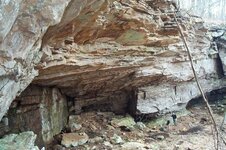dragon725
Greenie
- May 31, 2009
- 11
- 0
Today I was in the woods about 100 yards from my house in East Tennessee looking around for a sassafras tree to dig up so I could make some tea for my wife. Then a stone laying on the ground caught my eye I noticed it looked like a ax head. Then after a second glance I could see the leather straps holding the ax and the handle together. Then as careful as I could I lifted the ax off the ground then I noticed that termites had almost eaten the entire ax handle.
Attachments
-
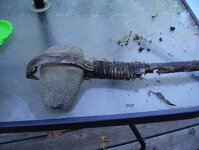 new_indian axe 001.jpg83.1 KB · Views: 1,178
new_indian axe 001.jpg83.1 KB · Views: 1,178 -
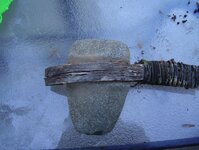 new_indian axe 002.jpg85.8 KB · Views: 1,473
new_indian axe 002.jpg85.8 KB · Views: 1,473 -
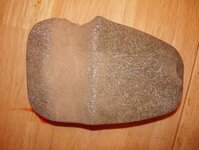 new_indian axe 003.jpg90 KB · Views: 1,099
new_indian axe 003.jpg90 KB · Views: 1,099 -
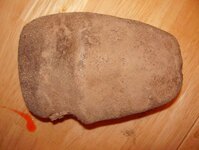 new_indian axe 004.jpg67.7 KB · Views: 1,074
new_indian axe 004.jpg67.7 KB · Views: 1,074 -
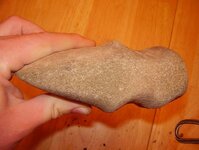 indian axe 017.jpg62.4 KB · Views: 1,011
indian axe 017.jpg62.4 KB · Views: 1,011 -
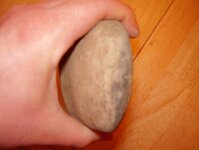 indian axe 009.jpg41.3 KB · Views: 1,014
indian axe 009.jpg41.3 KB · Views: 1,014 -
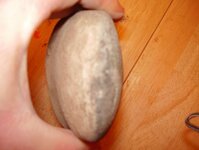 indian axe 008.jpg49 KB · Views: 1,048
indian axe 008.jpg49 KB · Views: 1,048 -
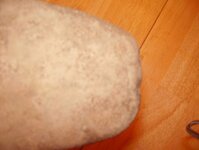 indian axe 007.jpg38.1 KB · Views: 1,016
indian axe 007.jpg38.1 KB · Views: 1,016 -
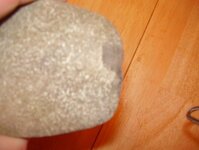 indian axe 006.jpg47.5 KB · Views: 1,059
indian axe 006.jpg47.5 KB · Views: 1,059 -
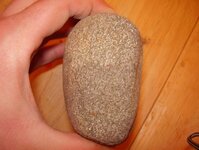 new_indian axe 005.jpg75.1 KB · Views: 1,089
new_indian axe 005.jpg75.1 KB · Views: 1,089 -
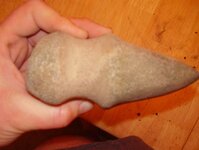 indian axe 018.jpg44.4 KB · Views: 1,023
indian axe 018.jpg44.4 KB · Views: 1,023 -
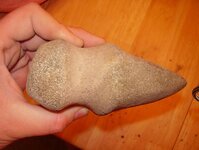 indian axe 019.jpg67.3 KB · Views: 1,039
indian axe 019.jpg67.3 KB · Views: 1,039
Upvote
0




 I think twice hafted like UTK said.
I think twice hafted like UTK said.